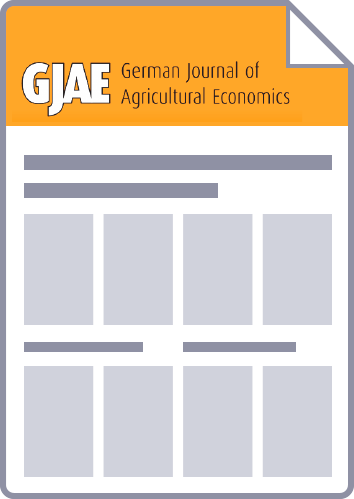Various scenarios for an expiry of European Union milk quotas are analysed with the Common Agricultural Policy SIMulation (CAPSIM) model. This comparative-static, partial equilibrium modelling tool covering the whole of agriculture for all EU member states has been disaggregated to represent nine secondary dairy products. Impacts are compared to a reference run where the 2003 Common Agricultural Policy Reform is projected into the future. The main milk quota expiry scenario is for 2020. Key results are that milk production would increase by 3.0% in EU-27 whereas milk prices would drop by 7.2%. The resulting decline in butter prices is shown to be larger if EU authorities cannot rely on export subsidies for market management. The regional pattern of impacts is strongly determined by the specification of quota rents. Furthermore, details of intra EU price transmission are shown to influence the differences between Member States. An applied welfare analysis of the main expiry scenario gives a significant redistribution from EU-27 farmers and much less from taxpayers to dairies and final consumers. The estimated small positive overall welfare gain would increase in a situation without export subsidies.



